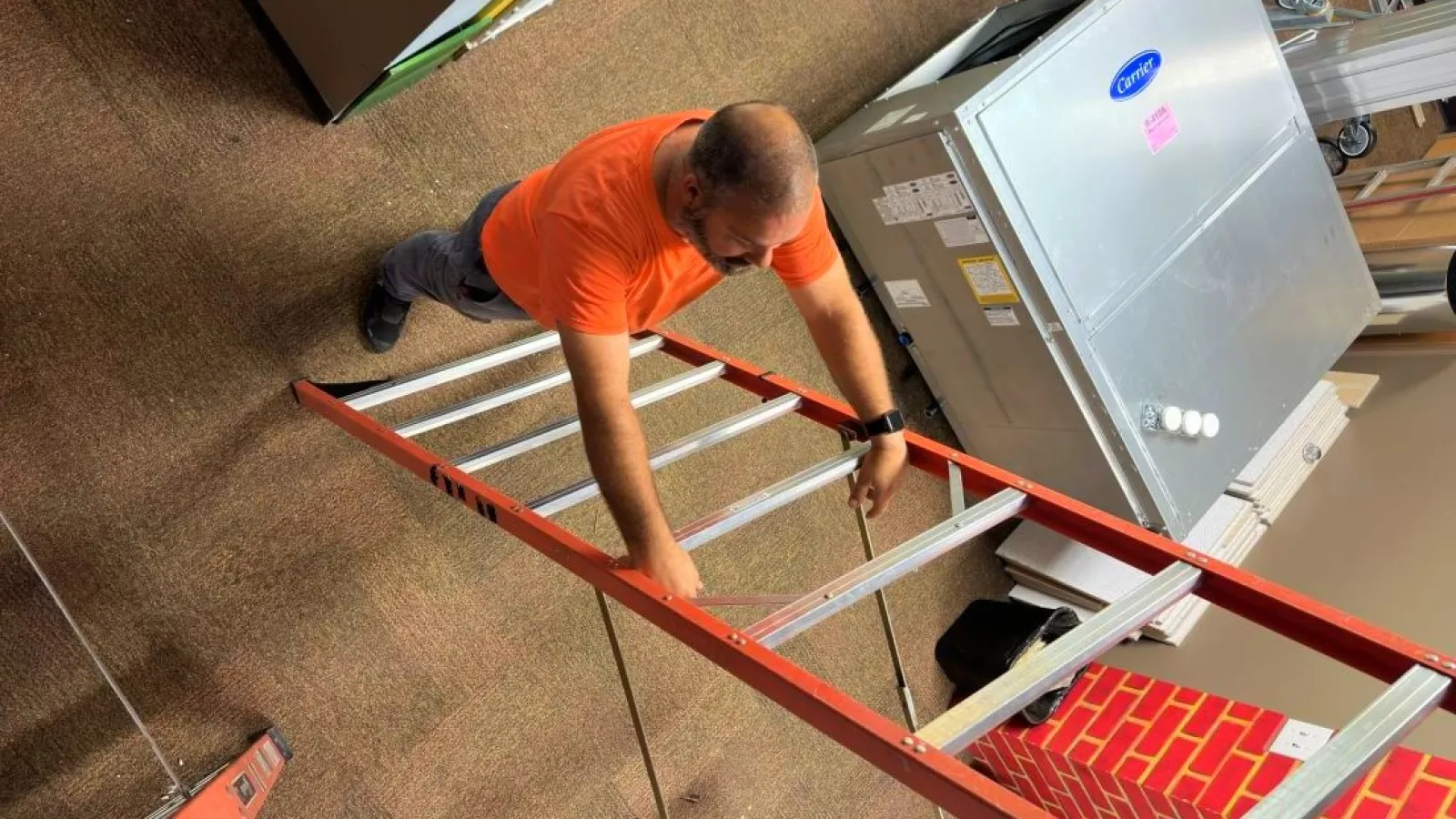In 2020, the Environmental Protection Agency (EPA) completes the R22 refrigerant phase out. While this change has a positive impact on the environment, your business might feel negative effects as R22 refrigerant becomes more scarce. In this blog, we discuss the impacts on businesses like yours and options to avoid fall out of the R22 refrigerant phase out.
What Does the R22 Refrigerant Phase Out Mean for My Business?
In 2020, the R22 refrigerant phase out ends, meaning the ban of all production and import of R22 into the U.S. Therefore, only recycled R22 and R22 already in the country will be available to use in current systems. As inventory declines, expect the price of R22 to rise.
The EPA announced the sunsetting of R22 refrigerant 10 years ago to give equipment owners time to make decisions regarding the care and replacement of their R22-using HVAC systems. If your facility still has an R22 HVAC system next year, expect refrigerant-related repair expenses to go up. If you have kept your commercial HVAC system limping along with refrigerant top-offs, this strategy will no longer be a cost-effective option.
Your Options for the R22 Refrigerant Phase Out
Continue to use your R22 system
Convert your R22 system
Replace your R22 system
Avoid the rising costs of the R22 refrigerant phase out with more environmentally and economically sustainable HVAC solutions for your facility. Here are the options your facility or commercial property has once the phase out completes.
1. Continue to use your R22 system
If you wish to continue to use your current R22 HVAC equipment, the best thing is to regularly maintain your equipment. HVAC maintenance improves system performance and decreases the likelihood of breakdowns and resulting repair needs.
Again, some property owners will continue to top off a system’s refrigerant. Unfortunately, this is not an appropriate or cost-effective solution. The best course of action? Call a commercial HVAC technician to locate the source of a leak and solve it.
This prevents further R22 leakage from your system. An R22 leak isn’t just bad for your budget, it’s bad for the environment. This hydrofluorocarbon is undergoing phase out because it destroys our ozone layer. Plus, the EPA imposes significant fines for failing to fix a known refrigerant leak in a timely manner.
2. Convert your R22 system
Another option is to retrofit an R22 system with a new refrigerant system using an environmentally-friendly option. Technicians remove the old R22 refrigerant and retrofit the existing equipment to properly function with the new refrigerant type.
The technician flushes the system and replaces filter dryers as well as the condenser and evaporator. He or she also replaces line sets longer than 25 to 50 feet.
3. Replace your R22 system
Most business owners will choose a commercial HVAC system upgrade because it’s typically more cost-effective than a retrofit. A new commercial HVAC system uses environmentally-friendly refrigerants, such as R410A, also called Puron.
Another benefit of new equipment is the new warranty coverage to protect against potential repair costs. The higher efficiency also reduces energy consumption, positively affecting operating budgets. Finally, better performance creates a more comfortable workplace.
Concerned about the expense? Luckily, the changes to the small business expense tax code are a big help here. Read this related blog: Tax Code Change Good News for Atlanta Business Owners!
Tackle the R22 Refrigerant Phase Out with Estes
Estes Commercial offers the solutions your business needs to avoid the financial burden the R22 refrigerant phase out poses. Our team works throughout greater Atlanta with schools, daycare centers, healthcare facilities, places of worship and other commercial properties.
We provide heating and air repair, service and installation as well as building automation systems (BAS), controls and ventilation services. Contact us today to create a plan for a more environmentally-sustainable commercial HVAC system.


